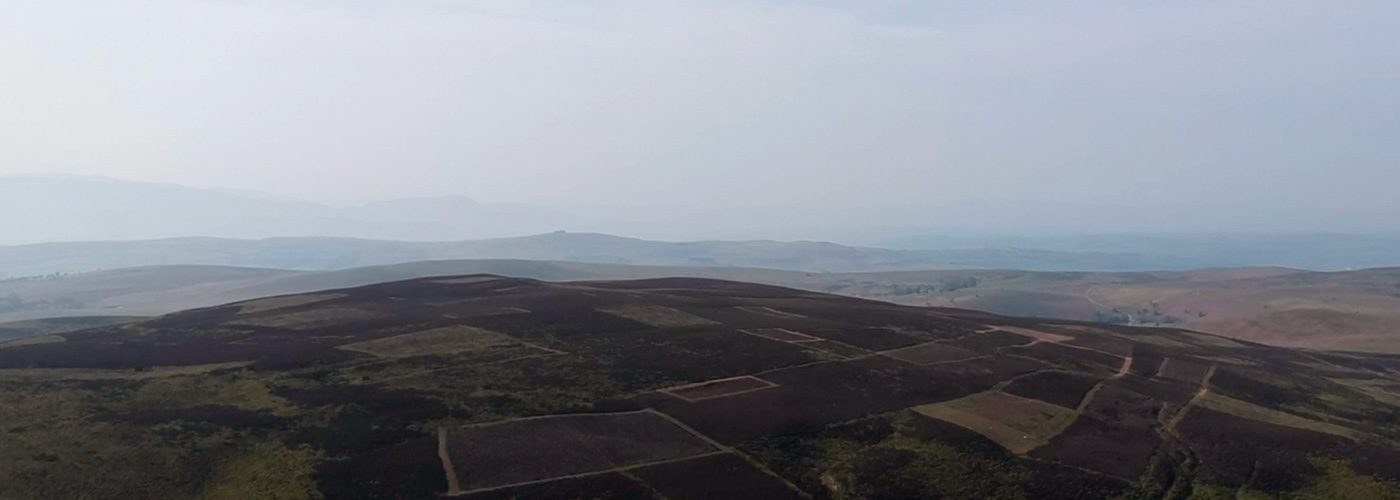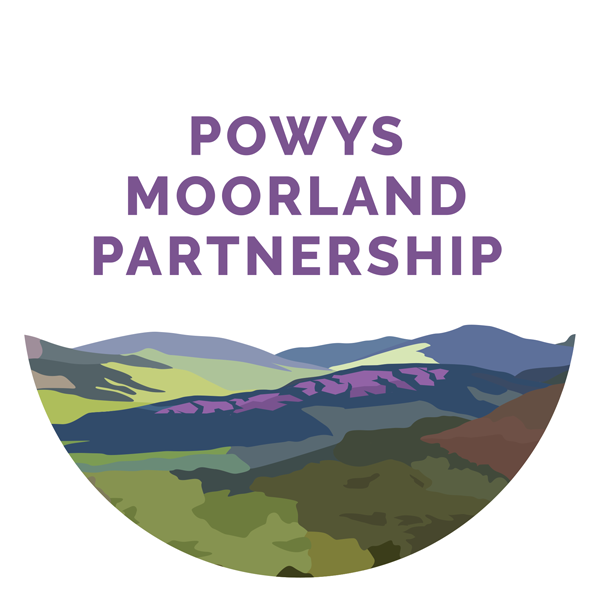Welcome to this sensitive moorland landscape where you may see birds of conservation concern such as curlew, golden plover, lapwing, merlin, red grouse and snipe. These moors are also home to brown hares and rare plants such as pillwort, an aquatic fern found in the mawn pools.
We welcome recreational visitors and hope you enjoy this beautiful landscape. But, be aware that disturbance reduces nesting success and we therefore request that all visitors behave responsibly and follow these guidelines. This is because many bird species are in rapid decline in Wales.
Get in touch
We welcome all good ideas as to how to protect and enhance this landscape so please get in touch if you would like more information or with suggestions via @WelshUplands on Twitter or via our website https://powysmoorlands.cymru/.
If you spot an especially rare species we’d love to hear about it. Images can also be added onto our Instagram account https://www.instagram.com/powysmoorlandpartnership/
Did you know?
Moorland with its vegetation of heather, grasses, berries and mosses is a globally rare habitat. Three quarters of the world’s heather moorland is found in the UK and some estimate that Wales has lost 50% of this habitat since the 1950s, so we have a duty to look after it carefully. This moorland plays a significant role in taking action on climate change by locking the carbon in the peat soils. Also, rain water is stored for slow release.
Did you know
As a result of the rarity and importance of this moorland it is classified by Natural Resources Wales (NRW) as a Site of Special Scientific Interest (SSSI). NRW, the landowners and graziers are working together to manage the moor.
Access Explained
Under the Countryside and Rights of Way Act the public have a right of access to this common land (Access Land). So, the ground away from footpaths/bridleways/BOATs is available for you to walk or run over. Good luck spotting a grouse or a hare! However, there are some important exceptions to this.
People
The right to walk on the access land is restricted for 28 days each year. This is to protect the rare birds during nesting season. Each year we present the list of dates on signs that are produced by Natural Resources Wales as this is the government body who oversee this access exclusion. The restricted days are typically during weekdays in May/June plus the odd weekend day. Please contact NRW for more information on 0300 065 3000.
Dogs
In order to protect all ground nesting birds, people with dogs are restricted from the Access Land. This is year round. All of the heather covered land is covered by this restriction. Please contact NRW for more information on 0300 065 3000.
Did you know
Rights of Way
No access restrictions apply to people or dogs on public rights of way or on other routes with permitted public access. In other words, things like the public footpaths and bridleways are exempt from such access restrictions. These are marked on the maps that you will see on the ground. However there is a general rule that visitors (on footpaths on the Access land) must keep dogs on short leads (no more than 2 metres) between 1 March and 31 July and at all times near livestock.
Dog users: if in doubt, please stick to the paths and keep your dogs on a lead and ask any of the moorland managers for further guidance. Please make sure your dog is not a danger or nuisance to farm animals, horses, wildlife or other people.
NB: those with grazing rights are not exempt from the dog restrictions explained above unless they are actually gathering sheep.
Horse Riding Access
There are lots of bridleways for your enjoyment. Please check the maps to ensure that you are using these pathways since riding on the land that is not marked as a bridleway is not allowed.
Those with grazing rights have no special entitlement to ride off the bridleways.
Fact
4x4 Vehicle Access/Motorbikes
The only lawful pathways for such vehicles are the Byways Open To All Traffic or (BOATs). These are marked on Ordinance Survey Maps as green pluses. If you have any doubt about the permitted rights of use on any routes over this Access Land please clarify this before your visit by calling Powys Council on 01597 827 500 or email them at rightsofway@powys.gov.uk.
Other Routes With Public Access
The green dots on O/S maps denote F Roads. There are rights on foot along these routes.
IF IN DOUBT please check the status of your route before your visit with Powys Council on 01597 827 500 or email them at rightsofway@powys.gov.uk.
Shooting
Shooting can take place at any time between the 12th of August and 31st January. Notices are put out to warn the public and mark the areas where shooting is taking place. As a guide, most of the shooting takes places on Saturdays from late August to early November.
Bangs may be heard during the nesting season (April to July) however these are crop scaring devices whose purpose is to deter the aerial predation. We are careful to locate these devices away from bridleways.
Did you know?
The Countryside Code
Respect other people – consider the local community and others out enjoying the outdoors. Remember to leave gates and property as you find them. If you see animals in distress please report this.
Protect the natural environment – leave no trace of your visit, take your litter home, keep dogs under effective control.
Enjoy – the outdoors and stay safe – plan ahead, be prepared and follow local signs. Remember beware there are horses, motorbikes, cyclists 4×4 vehicles on many of these areas too.
Although this area is open access land the PMP is trying to recover bird species by protecting its habitats – heather, and therefore restricts people to use footpaths, bridleways and byways.
Wildfires
We burn the heather in small and controlled patches from October to the end of March (occasionally into early April) to help the heather regenerate for the benefit of the birds. This management also ensures that wildfires do not happen.

